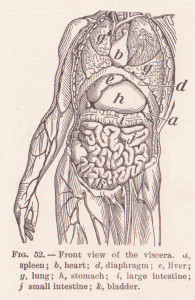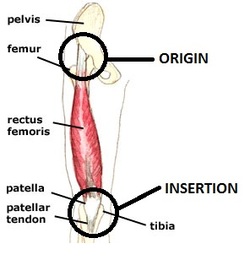 When reading anatomy books you will see reference to the origin and insertion of muscle as they are connected to bones. These terms reflect the types of movement available in our muscles and joints.
When reading anatomy books you will see reference to the origin and insertion of muscle as they are connected to bones. These terms reflect the types of movement available in our muscles and joints.
In an endless attempt to simplify the workings of the body I often describe the process as: The bones hold you up, the muscles move you and the nerves tell the muscles to move the bones.
The bones are connected to each other with ligaments and the muscles are connected to the bones with tendons. Our bodies move when muscles contract and exert force on the bones to initiate an action.
Even though, as a yoga teacher, I am often imploring students to engage a particular muscle when performing an action, muscles don’t actually work in isolation. They are always involved in a chain and the part an individual muscle will play is often determined by their origin and insertion.
In most instances of movement one end of a muscle is still while the other end moves. Usually, the origin is the end that doesn’t move when the contraction occurs, and the insertion is the opposite end of the muscle that moves.
Usually, the insertion—the moveable piece—is furthest from the body. We use the terms proximal and distal to denote closer or further away. The insertion is usually the distal end of the muscle—or further away from the center of the body (ankle is distal to the knee; wrist is distal to the elbow).
Every little bit of anatomy knowledge can make you a better teacher. Understanding the origin and insertion of muscles can help you to figure out and isolate muscle imbalances as you work with different exercises.
Here is a little test. The greater trochanter of the femur is the home to a great many muscle insertions.
Having described origins and insertions, what kind of information can you glean from the fact that the greater trochanter is one of the more popular insertion points in the body?
***
